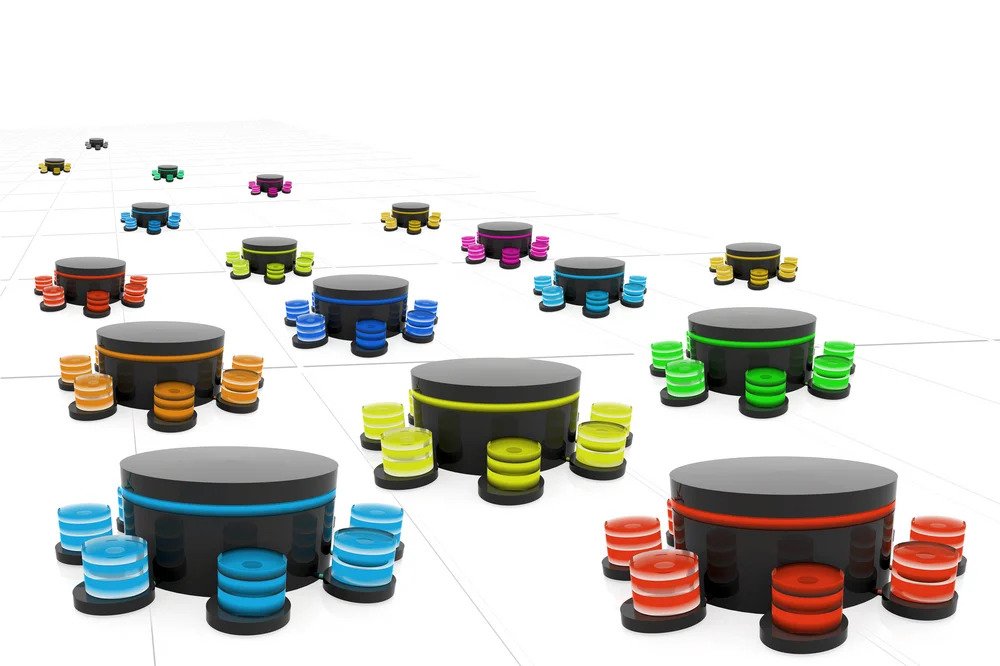Retailers are in a precarious situation today. The ongoing pandemic has hampered their business in a big way. Customer footfalls in their physical stores are at an all-time low. The only manner in which they can keep their companies afloat is to establish a digital counterpart of their offline store offerings. But to do that, they need to invest and implement martech solutions that can assist them in achieving their business objectives.
Customer Data Platforms or CDPs have seen increased adoption in recent times by marketers in every industry especially retail and e-commerce. The reason for this is that a CDP enables marketers to get a complete view of every individual customer. A complete view means that the marketer is able to track and analyze every customer activity with their brand. This could be a purchase or a website interaction or a mobile app sign up, etc. Every single user activity is recorded and presented to marketers that help them in extracting valuable insights about customer needs and wants.
Salesforce’s recent study pointed out that the customer experience a brand provides is as important as its products/services. This was agreed to by 80% of customers! Therefore, to provide a great experience, retail marketers should hit the sweet spot viz deliver an experience that the customer is actually looking for. This is where a CDP plays a very important role.
Let’s take a look at 5 reasons why CDPs are best-suited for retailers:
5 Reasons Why CDPs are Best Suited for Retailers
1. Say Goodbye to Disparate Data

Currently, every retailer stores user data in different data silos. For example, a user’s demographic details are stored in a silo such as a CRM. The transactional data is stored in another silo. Channel and website behavioral data are stored again in different silos. As a result, it becomes cumbersome to accurately track a user’s journey with your brand. A CDP solves this issue by aggregating data from all these silos into one centralized location. The data is then stitched under each user to present a 360 degree or single customer view.
2. Know Your Customers Better Than Anyone Else

A CDP’s single customer view enables retail marketers to track a user’s journey with your brand. When did he/she first interact with your brand, what are the products that he/she is interested in, how many products have been purchased so far, etc. The details are quite intricate which helps marketers in deeply analyzing a user’s needs and wants. A simple example of this is as follows:
David visits a retailer’s website and browses for noise cancellation headphones. He adds a few products to his wishlist and drops off the site. Looking at David’s single user view, the retailer notices that he makes purchases with an HSBC credit card. Using this insight, the retailer sends him a personalized message via email (his preferred channel). The message could be something like:
Hi David,
Looking to purchase noise-cancelling headphones?
Get a flat 10% discount on any HSBC credit card! Hurry!
BUY NOW
Hence, with the single customer view provided by the CDP, the retailer could extract valuable insights about David and use it to devise a highly personalized message on the product that David wanted to buy.
3. Deliver Personalization for each Individual User

The above example perfectly explains how a CDP can be immensely beneficial for crafting hyper-personalized marketing campaigns for users. As CDP creates a 360-degree view for every user, marketers can deliver personalization at an individual user level. Every user that interacts with your retail brand can be given their own personalized journeys which enrich their brand experience. If a CDP is powered by AI, retailers can target millions of users with personalized messages on their preferred channels in real-time.
4. Easy System Integration

Retail marketers can easily integrate a CDP with multiple digital systems such as CRMs, DMPs, etc. If the hassle of implementing new technology is bothering you, then CDPs are the easiest technologies that can seamlessly integrate with your existing martech stack using data APIs. CDPs therefore, improve marketing efficiency by simplifying cross-channel integrations and drawing data from a single interface by connecting multiple marketing systems.
5. Drastically Boost Digital Engagement and Conversions

CDPs can help retailers get back their former days of glory, pre-corona, when customer footfalls at the physical store were at an all-time high, by encouraging user engagement via digital. Armed with valuable user insights provided by CDPs, retail marketers can tailor messages that are highly personalized for each user and are delivered in real-time on their preferred channels. This subsequently boosts digital user engagement and conversions drastically!
Summing Up
The end-goal of any marketing strategy is to serve the customer what he/she wants at the right time and on the right channel. A CDP assists a retailer marketer in understanding valuable information about users that can help them in devising hyper-personalized marketing campaigns. Every user gets their own personalized journey with the brand at the right engagement time and on their most preferred channels.
Hence, investing in a CDP is a no-brainer for retailers, and doing so as soon as possible can help them not only weather the pandemic but flourish their business in the long run. To understand more use cases on how a CDP can benefit your retail business, download the following e-book:
20 Customer Data Platform Use Cases for Retail
By Bijoy K.B | Marketing Manager at Lemnisk

Leave a Reply